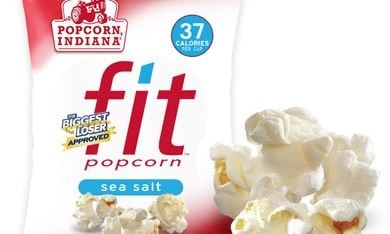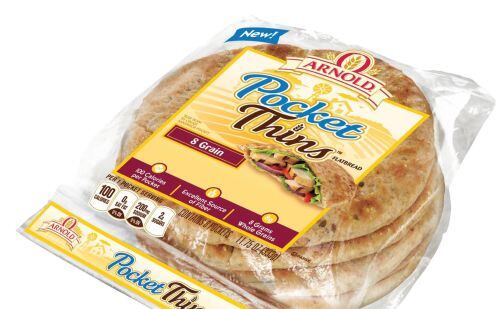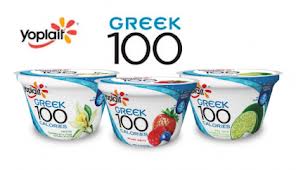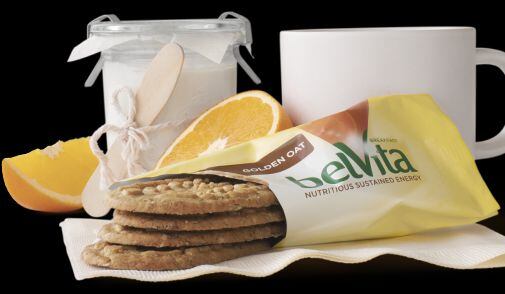An analysis of the percentage of new food and beverage launches in the US that make ‘low’ or ‘no’ calorie claims, shows a clearly declining trend, reveals Datamonitor innovation insights director Tom Vierhile:
- 2012: 6.6%
- 2011: 7.6%
- 2010: 9.1%
- 2009: 10.8%
“Looking at the numbers, we can say that the weight management market is a significant niche within the larger food and beverage industry, but it is not one that appears to be expanding.
“Instead, it appears that weight management products are shrinking as a percentage of all new food and beverage introductions.”
Stealth nutrition: The big trend in weight management is finding new ways to communicate the concept without talking about it directly
While there has been modest growth in the percentage of new products making ‘low fat’ or ‘no fat’ claims, moving up from 9.3% in 2009 to 10.3% in 2012, “what the [calorie] numbers seem to indicate… is that weight management has become more of a ‘stealth’ issue right now”, he says.
“Companies are addressing it by introducing products that find ways to reduce calorie counts without suggesting to consumers that they are missing out on anything.
“For example, the word ‘fit’ is one that seems to be trending right now, since it suggests a firm physique, but does not suggest that consumers have to starve themselves to achieve this goal.
“We are just beginning to see products use the word ‘fit’ in branding, and I suspect that this activity will pick up over the next year or two.”
Diet has become a ‘loaded word’

Indeed, ‘diet’ has become such a “loaded word”, that many firms are now avoiding it altogether, claims Vierhile.
“The number of new product reports in Datamonitor’s Product Launch Analytics database of new products featuring the word ‘diet’ in the brand or product name continues to drop.
“As recently as 2005, we counted 52 new product reports in the food and non-alcohol beverage industry featuring the word ‘diet’. It’s been all downhill since then, with the counts falling to 22 in 2008 and finally to just 8 in 2012.”
Calorie control without compromise

He adds: “Marketers are avoiding the word ‘diet’ like the plague, instead using words like ‘zero’ or the new rising star ‘fit’ to communicate calorie control without compromise.
“It seems that the big trend in weight management is finding new ways to communicate the concept without talking about it directly.
“This includes any manner of approaches, from the use of thinner breads for sandwich-type products or thinner cuts for cheese and sliced meat products, ‘popped’ formulations for chips which produce lower calorie snacks, products that toe the line between diet and regular products (Dr Pepper Snapple’s ‘10’ line), and drinks that use new sweeteners like monk fruit that promise a better taste and flavor.”
Most of these developments are a reflection of consumer fatigue with ‘food minus’ claims and the desire to seek out foods promoting a more positive message, he says.
Protein is gaining momentum
A good example is high protein products, which are gaining momentum, he adds.
“There have been quite a few interesting developments in high protein products that see that market broadening from a focus on athletes or women concerned with losing weight, to larger markets.

“For instance, Kellogg’s new Breakfast to Go product is largely based on similar products under the Special K banner, but has less of a female skew than is the case with Special K branded items.”
While a search of Datamonitor’s new products database reveals there are still some harder core weight loss products being introduced, these are outnumbered by products promoting more holistic approaches to weight management, adds Vierhile.
Fuller for longer?
But while hunger management and satiety are key to protein-based weight management approaches, these claims are not often explicitly featured on pack, he says.
“I should note that I did look for new items using the term ‘satiety’ in the hope of finding some new products promoting the concept of fullness or staying full longer.
“But I found almost nothing introduced recently featuring this word, which suggests that it still isn’t connecting with consumers. Even the word ‘fuller’, which could be used to communicate the concept ‘keeps you fuller, longer’ was a non-starter.
“As shown from the high protein product examples, it seems that companies are happy to let a more general ‘protein’ or ‘high protein’ claim infer fullness or satiety than use either of these terms or concepts in the proposition itself.”
He adds: “Claims like ‘fuller for longer’ and ‘satisfying’ are not being used in the context of weight loss to any major extent for new products. Many of the instances I found of products using the term “satisfying” (for instance) had nothing to do with weight loss.”
100-calorie packs trending down?

As for 100 calorie packs, he says, “this has been trending down the past few years as the economy has not helped this approach, but I think the larger trend of pre-packaged portions does seem to be doing okay, though that could be more due to companies trying to position products to be a part of a lunch taken to school or work than any calorie control implications.
“But some products have done okay by tying this in with weight or appetite management – like Belvita Breakfast Biscuits.”
One ingredient that seems to be trending for weight loss and management is oats
But what about functional ingredients? Are substances used in dietary supplements making any real headway in food and beverage products, or do mainstream food and beverage manufacturers see them as too niche, unproven, or just plain unfamiliar?
You can read more about this next week in the next installment of our special edition on weight management, but Vierhile has picked up on two trends.
“One ingredient that does seem to have some potential is dextrin, which is popping up in some beverage products in Japan that make weight management claims as a result”, he says.
“Another ingredient that seems to be trending for weight loss and management is oats, which are showing up in products like Oat Works that promote satiety. There are also a few oat-based shakes out there that do the same thing, and oats also are perceived to be heart-healthy which is helping this trend.”
